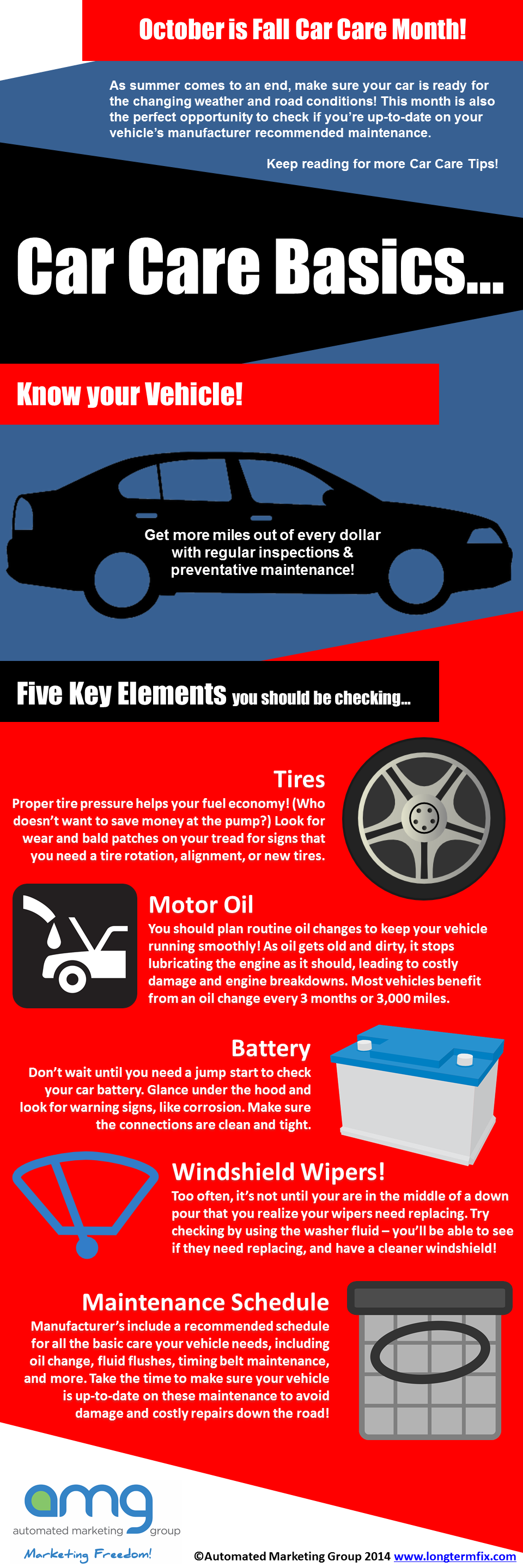Comprehending The Value Of Your Vehicle'S Warning Signals: What They Actually Represent
Comprehending The Value Of Your Vehicle'S Warning Signals: What They Actually Represent
Blog Article
Content Author-Samuelsen Kejser
When you lag the wheel, those radiant caution lights on your dashboard can be a little bit puzzling. Do you understand what they're trying to tell you concerning your automobile's health? Recognizing the relevance of these lights is crucial for your safety and security and the long life of your automobile. So, the next time among those lights turns up, wouldn't you intend to decode its message properly and take the essential actions to resolve it?
Common Caution Lights and Interpretations
Determine usual warning lights in your auto and recognize their definitions to guarantee risk-free driving.
The most typical warning lights consist of the check engine light, which indicates concerns with the engine or exhausts system. If this light comes on, it's important to have your car checked promptly.
mouse click the up coming document alerting light shows low oil stress, calling for prompt interest to stop engine damages.
A blinking battery light might recommend a defective charging system, possibly leaving you stranded if not resolved.
The tire stress surveillance system (TPMS) light signals you to low tire stress, influencing vehicle stability and gas performance. Disregarding Suggested Reading could lead to risky driving problems.
The ABS light indicates a trouble with the anti-lock braking system, endangering your capability to quit quickly in emergencies.
Last but not least, the coolant temperature level cautioning light warns of engine getting too hot, which can result in extreme damages if not dealt with promptly.
Understanding these common warning lights will certainly aid you attend to concerns promptly and preserve secure driving problems.
Significance of Prompt Interest
Recognizing the common warning lights in your automobile is only the initial step; the relevance of promptly resolving these warnings can't be stressed sufficient to guarantee your security when traveling.
When a warning light illuminates on your control panel, it's your auto's method of interacting a prospective issue that needs attention. Neglecting these cautions can cause a lot more serious problems down the road, endangering your safety and security and potentially costing you more in repairs.
Motivate interest to advising lights can prevent breakdowns and crashes. For example, a blinking check engine light might show a misfire that, if left unattended, could trigger damage to the catalytic converter. Addressing this without delay can save you from a costly fixing.
Similarly, a brake system alerting light might indicate low brake fluid or used brake pads, vital components for your safety and security when driving.
DIY Troubleshooting Tips
If you observe a warning light on your dashboard, there are a few do it yourself troubleshooting tips you can try prior to seeking specialist assistance.
The first step is to consult your auto's guidebook to recognize what the details warning light indicates. Occasionally the issue can be as straightforward as a loose gas cap setting off the check engine light. Tightening the gas cap might resolve the problem.
One more usual problem is a low battery, which can activate numerous advising lights. Examining the battery connections for rust and ensuring they're protected could repair the issue.
If a caution light persists, you can try resetting it by disconnecting the vehicle's battery for a few mins and afterwards reconnecting it. In addition, checking your automobile's fluid levels, such as oil, coolant, and brake fluid, can aid troubleshoot alerting lights connected to these systems.
Final thought
Finally, recognizing your cars and truck's caution lights is essential for keeping your vehicle running efficiently and securely. By immediately attending to these informs and knowing what they imply, you can prevent costly repairs and prospective failures.
Remember to consult your vehicle's manual for particular information on each advising light and do something about it appropriately to make sure a hassle-free driving experience.
Remain informed, remain risk-free on the road!
